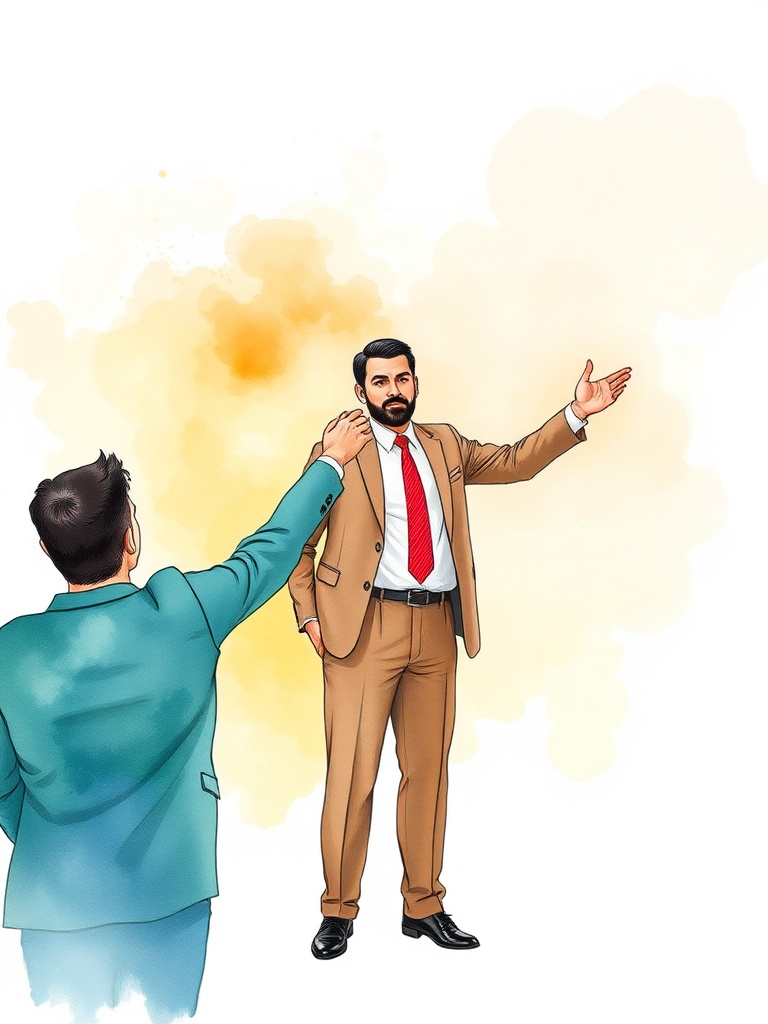Psychological safety is the quiet force behind every high-performing team. When people feel safe to speak up, take risks, and admit mistakes without fear of humiliation or punishment, creativity and productivity flourish. Leaders who prioritize psychological safety set the stage for sustainable performance, stronger retention, and faster problem-solving.
What psychological safety looks like
– Team members ask questions and raise concerns freely.
– Different viewpoints are welcomed and debated respectfully.
– Mistakes are treated as learning opportunities, not reasons for blame.
– People volunteer ideas and take initiative without waiting for permission.
Practical leadership actions that create safety
1. Model vulnerability
Admit your own mistakes and uncertainty. Saying “I don’t know” or “I was wrong” signals that self-awareness and learning are prized over perfection. When leaders show vulnerability, team members are more likely to do the same.
2. Normalize feedback and debate
Create rituals for candid, constructive feedback. Frame disagreements around problem-solving: “What’s the risk here?” or “How could we test this idea quickly?” Encourage debate by explicitly inviting dissenting views during meetings.
3. Respond productively to failure
Shift the focus from blame to root cause analysis. Ask “What happened?” and “What can we learn?” rather than “Who’s at fault?” Celebrate experiments that failed fast and taught something useful.
4. Set clear norms and expectations
Define meeting rules and communication norms—who speaks, how decisions are made, and how feedback is given. Clear expectations reduce ambiguity, which often breeds anxiety.
5. Include the quiet voices
Use techniques like round-robin sharing, asynchronous inputs, or anonymous idea collection to surface perspectives from team members who are less likely to speak up.

6. Measure and iterate
Use pulse surveys, one-on-one check-ins, and post-project reflections to gauge how safe people feel.
Treat these signals as inputs for continuous improvement.
Leading hybrid and remote teams
Psychological safety is especially fragile in hybrid environments where non-verbal cues and informal hallway conversations are reduced. Compensate by prioritizing inclusive meeting practices, sharing agendas in advance, and creating dedicated channels for informal social connection. Leaders should over-communicate norms and decision rationales so distributed team members stay aligned and engaged.
Why it matters
Organizations with strong psychological safety report greater innovation, faster learning cycles, and higher employee engagement. People who feel safe are more likely to speak up about risks before they become crises, and they’re more committed to collective goals. This directly impacts retention and the bottom line.
Common pitfalls to avoid
– Rewarding only flawless outcomes: This discourages experimentation.
– Publicly shaming mistakes: Even rare incidents of humiliation erode trust.
– Confusing friendliness with safety: Casual banter doesn’t replace structured support for dissent or failure.
Quick checklist for leaders
– Share a recent mistake and what you learned from it.
– Ask one team member who’s been quiet for their perspective.
– Run a short post-mortem after each project focused on learning, not blame.
– Use anonymous feedback channels for sensitive topics.
– Reinforce norms at the start of meetings and when onboarding new members.
Fostering psychological safety is an ongoing leadership discipline, not a one-off initiative.
Small, consistent behaviors build trust over time and create an environment where people can bring their best thinking—and take the smart risks that drive growth and resilience.
